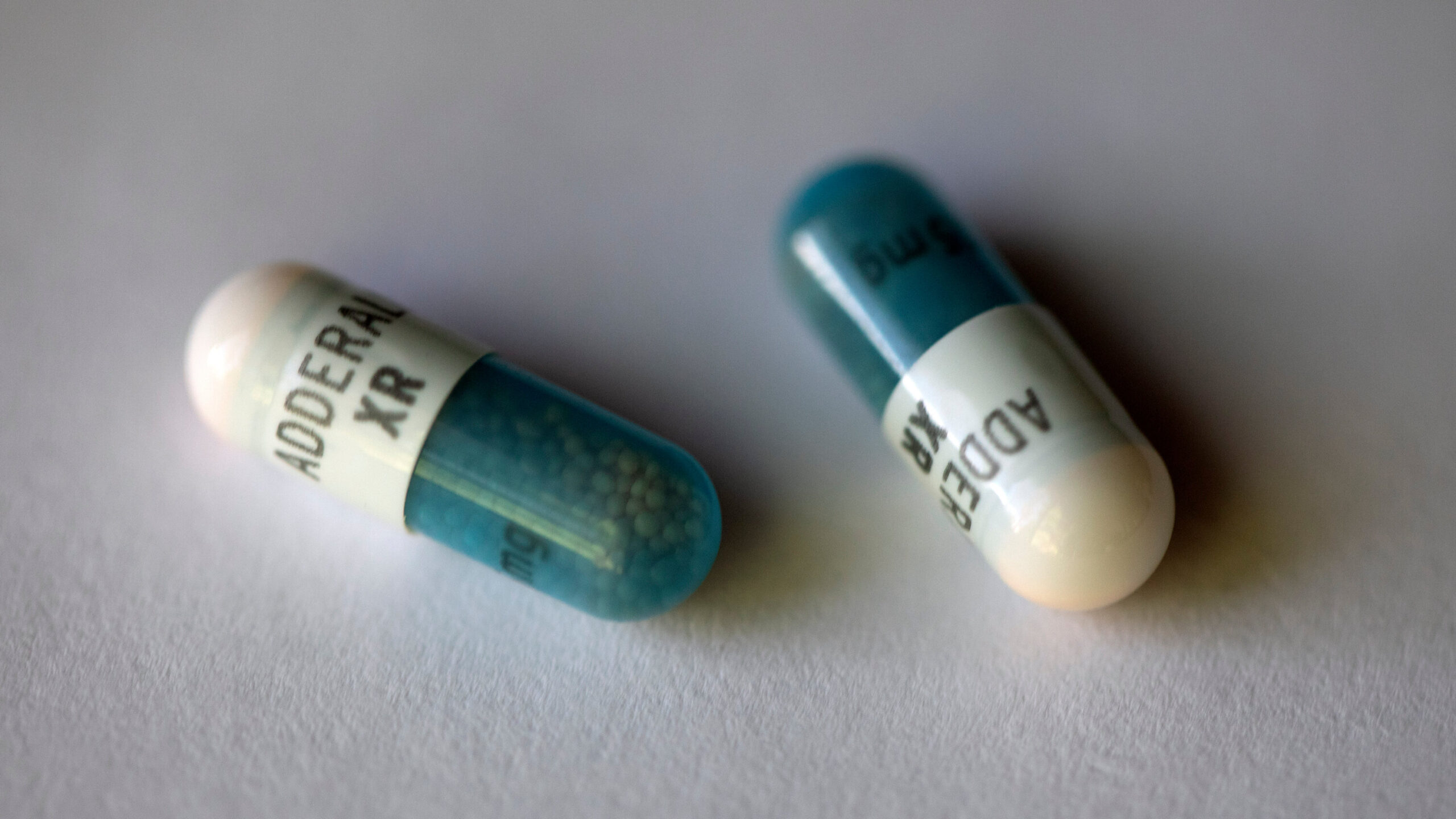Elvanse Adderall, When it comes to treating Attention Deficit Hyperactivity Disorder (ADHD), two names often come up in conversation: Elvanse and Adderall. Both medications are commonly prescribed to help manage symptoms such as inattention, hyperactivity, and impulsivity. While they share similarities in their purpose and classification as stimulant medications, there are key differences that patients and caregivers should understand. In this article, we’ll explore how Elvanse and Adderall compare in terms of effectiveness, side effects, dosage, and availability.
What Are Elvanse and Adderall?
Elvanse, known as Vyvanse in the United States, is a brand name for the medication lisdexamfetamine dimesylate. It is a prodrug, meaning it becomes active only after being metabolized in the body. This provides a smoother, longer-lasting effect and potentially lowers the risk of misuse.
Adderall is a combination of four amphetamine salts: amphetamine aspartate, amphetamine sulfate, dextroamphetamine saccharate, and dextroamphetamine sulfate. It has a more immediate onset of action and is available in both immediate-release (IR) and extended-release (XR) forms.
How They Work
Both Elvanse and Adderall work by increasing the levels of neurotransmitters, particularly dopamine and norepinephrine, in the brain. These chemicals play a key role in attention, focus, and behavior regulation. However, since Elvanse is a prodrug, it offers a gradual release of active ingredients, which may result in a more stable experience with fewer peaks and crashes compared to Adderall.
Effectiveness
Clinical studies and anecdotal reports suggest that both Elvanse and Adderall are highly effective for most people with ADHD. The choice between the two often comes down to individual response, as some may tolerate one better than the other. Doctors may recommend trying one medication first and switching if side effects or efficacy become a concern.
Side Effects
Common side effects of both medications include:
- Insomnia
- Decreased appetite
- Increased heart rate
- Anxiety or irritability
- Dry mouth
Because Elvanse releases more gradually, some patients report fewer mood swings and a smoother comedown compared to Adderall, which can have a more pronounced “crash” effect, especially in its IR form.
Dosage and Administration
Elvanse is typically taken once daily in the morning, with dosages ranging from 20mg to 70mg. Adderall IR may be taken 1-3 times per day, while Adderall XR is usually taken once daily. The dosing flexibility of Adderall IR can be helpful for people who need more customizable treatment, while the consistent delivery of Elvanse is often preferred for steady symptom control.
Availability and Legal Considerations
In the UK and many parts of Europe, Elvanse is more commonly prescribed, while Adderall is more prevalent in the United States. In some countries, Adderall may not be available due to stricter regulations on amphetamine-based medications.
Which One Is Right for You?
Choosing between Elvanse and Adderall depends on several factors including medical history, lifestyle, how your body metabolizes medication, and how you respond to stimulants. Always consult with a healthcare provider to determine the most suitable option for your individual needs.
Whether you’re newly diagnosed or exploring different treatment options for ADHD, understanding the differences between Elvanse and Adderall can help you make informed decisions about your care.
Let me know if you’d like a shorter version, SEO optimization, or specific formatting for a website or blog.




